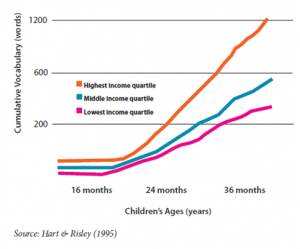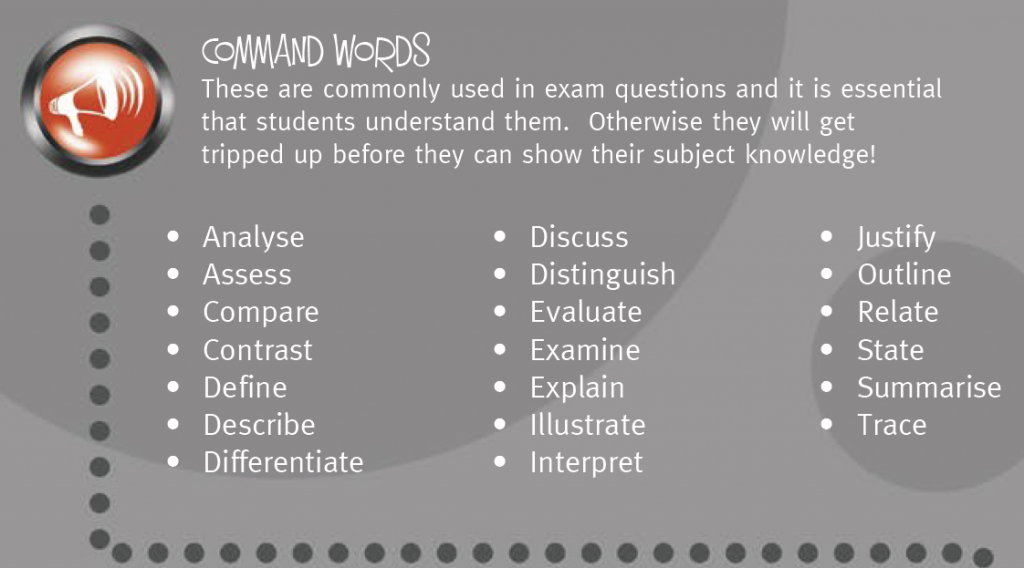‘What students think about is what they will remember.’ Daniel Willingham
I had a lesson this week which seemed to be successful: students worked hard, produced lots of work and some great poetry. When I reflected on exactly what they had learnt, I realised that they had no real understanding of what a sonnet was. It wasn’t exactly a lesson wasted, but the fact was that they had barely concentrated on the main point.
In Visible Learning and the Science of How We Learn, Hattie and Yates state that “…learning occurs effectively once the mind responds to a meaningful experience through making a meaningful response.” Lessons must be constructed around the thinking that we want to take place, otherwise they don’t learn anything. In the example above, I wanted the thinking to be about the sonnet form, but students actually thought about the content of their poems.
Thinking deeply about things causes learning, so how do we ensure that students spend time thinking about the things we want them to think about? Here are some ideas for what- and what not- to do.
Feedback
Dylan Wiliam makes the point that ‘Feedback should cause thinking’. The best feedback makes students think deeply about what they have to do next. A bad example is in one of my previous blogs on feedback. I suggested ‘coded feedback’ as a way of getting students to interact with their feedback- feedback is written in a code they have to crack or in a foreign language they have to translate. In fact, what they will do with that is think about the coding system for the majority of the time and then think about the feedback for just a tiny bit. We spend so much time giving feedback but if they don’t actively think about it they will not really improve. So when we give students feedback it needs to ensure that they think, and we need to give them time to do so. This post on making feedback stick from David Fawcett is particularly insightful on this.
Elaborate activities
I created an amazing lesson once when studying poetry. I split the class into groups, gave them some 1 pence pieces and some ideas on the poem. They could trade ideas, buy some thoughts from me, come up with their own ideas. A colleague walked by the room and thought it was fantastic. I had a real sense of achievement. But…by the end of the lesson, one student had all the coppers and only two or three students had annotated their poem. I think some had not even read it. We tried to write about the poem in the next lesson but of course they had not thought about it for long enough to provide the responses that I had hoped- they had been thinking about the elaborate task. I had spent so much time on making it exciting and interesting that I was blind to the fact that they would not really learn about the poem. Perhaps it was a fear that the subject was not exciting in itself. Now I realise that poetry is exciting and studying it in depth is much more interesting and too much on top of that only ensures that they think less about poetry.
Irrelevant activities
I think that lessons can often contain quite a lot of filler. When we plan lessons, it can be tempting to try to fill time to make things last for an hour so that everything fits together but learning is messier and can’t fit neatly into organised chunks. Lesson design benefits from ruthless editing. Ask what students are learning at each stage, what they are thinking about, what they might end up thinking about instead(e.g. they might be thinking about getting the bubble writing just right on a poster). If you ask those questions and can’t justify the task then- CUT!
Questioning
Whichever techniques you wish to use- lollipop sticks, random name generators or just picking yourself- you need to make sure all students are thinking when you ask a question. I know how easy it is to ‘hide’ in lessons because I used to do it myself. (Don’t put your hand up and everything will be fine.) Good teachers use questioning to ensure that every student thinks. Students can’t be let off the hook either. Stay with them even if they say ‘I don’t know’. Expect them to think.
Teacher talk
I am an advocate of teacher talk and will argue with anyone who suggests that I shouldn’t do it. It can also be one of the worst things that goes on in classrooms. Teachers are experts, so why shouldn’t they speak to the class? However, the best teacher talk is designed to make students think. Highly skilled questioning, modelling, explanations which tell wonderful narratives are all ways of ensuring students think. I learn a great deal from watching and listening to presentations from speakers who make me think.
Group work
If you are putting students into groups for a task, ask yourself whether every student in the group is going to think about what you want them to think about. If they won’t, then don’t do group work.
Technology
One of the trickiest things with new technology is that students will spend quite a bit of time learning how it all works and trying things out. I used a google doc recently for collaborative writing in the classroom which was an unmitigated disaster if I’m honest. The time spent getting used to how it worked, the increasingly ridiculous user names, the messages, the rogue deleter, the accidental deleters, then the blocking of the site. Did the class think about Dulce Et Decorum Est? Nope.
This doesn’t mean that we should just give up. It does mean that if something is worth using then it needs to be used routinely so that the novelty wears off and the benefits kick in. If there is going to be a lot of time written off to bed things in then it isn’t worth it.
Cognitive load
If students have to think about too many things, they will become overloaded and won’t really think deeply about anything at all. Too many new ideas and they are overburdened, too many new words and they cannot comprehend the big ideas. As teachers, we need to reduce the burden of cognitive load to ensure they are able to concentrate on the thing we want them to concentrate on.

